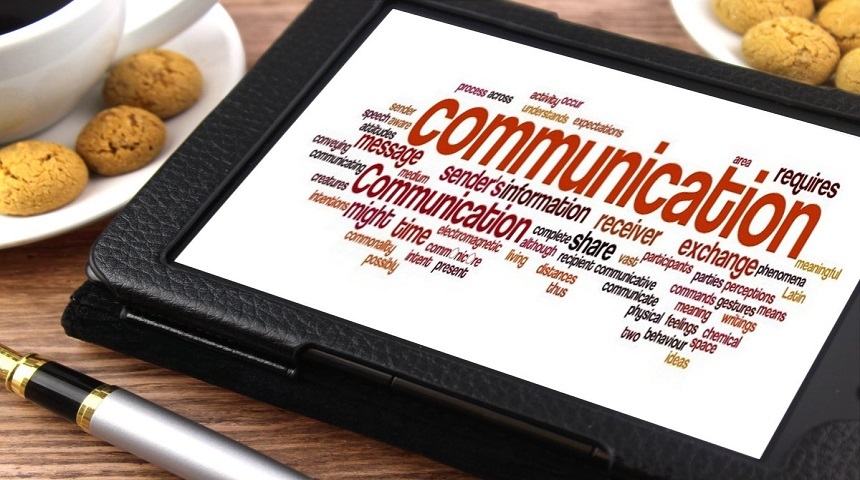Though the COVID-19 pandemic might have struck well over a year ago now, in the process upending various ways we have customarily lived and worked, none of this is to say that we will have necessarily gotten entirely used to the “new normal” yet, as it still poses an array of challenges.
Still, as time has gone on, it’s become clearer which of the pandemic-enforced changes to the business world will soon fade away and which are here to stay. Here’s how we can expect workers to continue communicating even once they are all fully vaccinated and the COVID-19 pandemic is slowly but surely consigned to the history books.
Working from home as a permanent arrangement
Though many employees might have initially transitioned to working from home in a somewhat slapdash, makeshift fashion, it’s now more obvious how a wide range of businesses could continue benefitting from it – such as in terms of money that firms are able to save by downscaling their offices. Twitter and Dropbox have moved to solidify remote working, CNN observes.
However, in a study highlighted by Business 2 Community, a majority of people said that a shortage of proper technology hampered their ability to thrive with their work. This would be an especially good reason for business owners to implement a unified communications (UC) solution integrating various comms tools.
A lessened need for expensive business trips
Another benefit of putting a UC system into place would be giving workers ready, intuitive access to videoconferencing software which could make frequent business trips – and the monetary expense they would inevitably entail – somewhat redundant.
Holding video meetings with workers and clients based elsewhere in the world costs a fraction of travelling to conduct in-person meetings with these same people where they are. Business travel also incurs jet lag, which would hinder the traveller’s physical health – and, as a potential knock-on effect in the long run, their productivity.
More workers chipping in on the leadership front
“With great power comes great responsibility,” Uncle Ben told Peter Parker, who admittedly wasn’t exactly working from home at the time, but could certainly benefit from heeding his paternal uncle’s advice if pandemic restrictions force Spider-Man to stay indoors.
Working from home does, after all, imbue us with more freedom than our work lives might have previously permitted us. As a result, the onus is on workers supervising themselves and each other rather than simply leaving that responsibility to a select few people formally assigned to the task.
The usual formality of business communications has loosened
Ironically, being mandated to work in physically disparate locations has, to a certain extent, actually brought us closer together. You might never have previously known what your co-workers’ homes even looked like before you saw them as backgrounds on Zoom calls.
Meanwhile, in a survey conducted by the Society for Human Resource Management (SHRM), 60% of Americans working from home said they wore sweatpants. Only 6% of teleworking Americans donned business attire, as the Business Wire website reported in June 2020.

